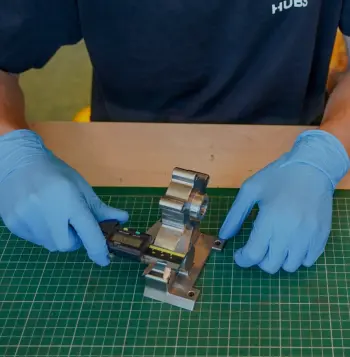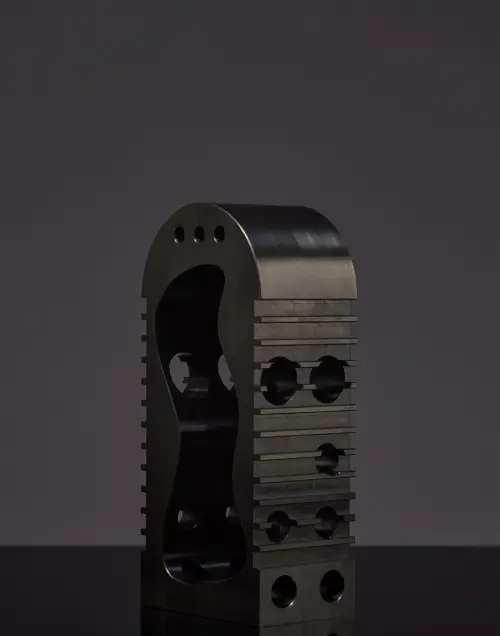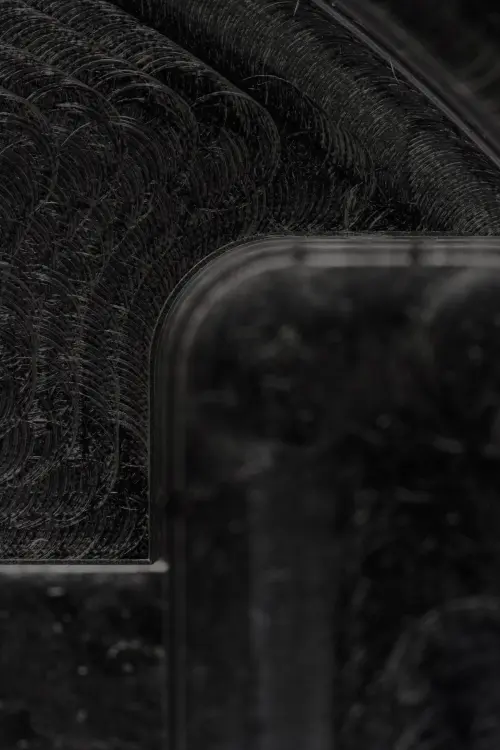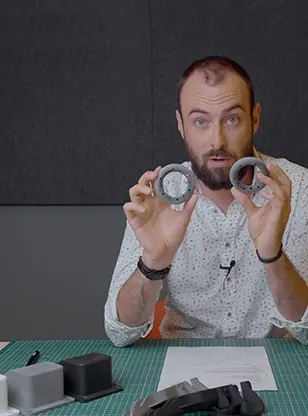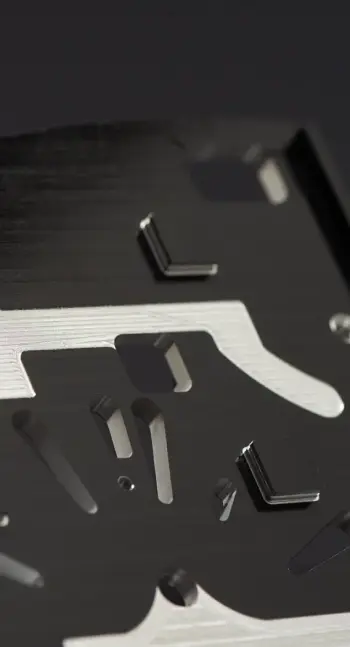Surface finishes
Brushing services
Brushing creates a smooth surface finish, enhancing the quality of your part after machining. Perfect for deburring, roughening and cleaning parts, brushing involves rubbing metal surfaces with an abrasive material. You can brush aluminum, steel and many other metals.
Design considerations for brushing
Brushing is suitable for removing surface imperfections from parts made with different machining operations, ranging from milling to cutting. However, brushing is not ideal for parts that require a high level of corrosion resistance.
Brushing is very effective at cleaning surfaces of any dirt and other impurities without significantly affecting the tolerances of a part. Very important when applying chemical finishes or achieving a good cosmetic finish.
Deburring and edge blending can both be achieved through brushing. Brushes are effective at creating rounded corners where two surfaces meet, enabling them to create smooth edges and deburr parts without affecting their tolerances or creating any other defects.
The Protolabs Network brushing process
Brushing surface finish involves using different brush types to improve the surface quality of products and get the desired appearance.
Brushed surfaces should have surface roughness (Ra) up to Ra 1.2 μm, per ISO 4287:1997.
Here are the key steps in the polishing process:
The operator cleans all surfaces of the part after machining.
To remove scratches or machining debris, the operator manually sands all surfaces with fine-grit sandpaper.
The operator uses a metal brush to give parts the appropriate roughness, rotating the part in the same direction many times until the finish is smooth.
After brushing, the operator rinses the part to remove any metal debris.
Example of a brushed part


Put your brushed parts into production today
Get instant quote